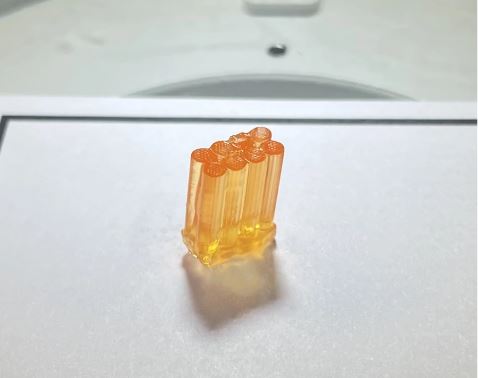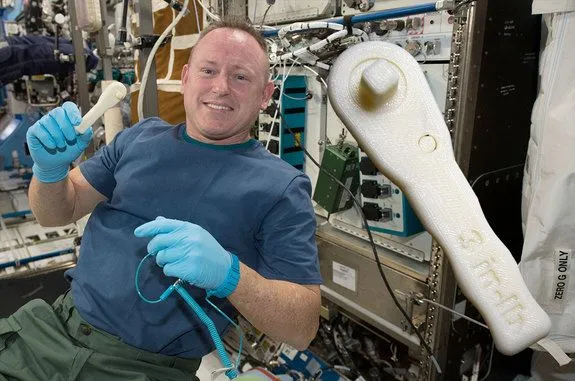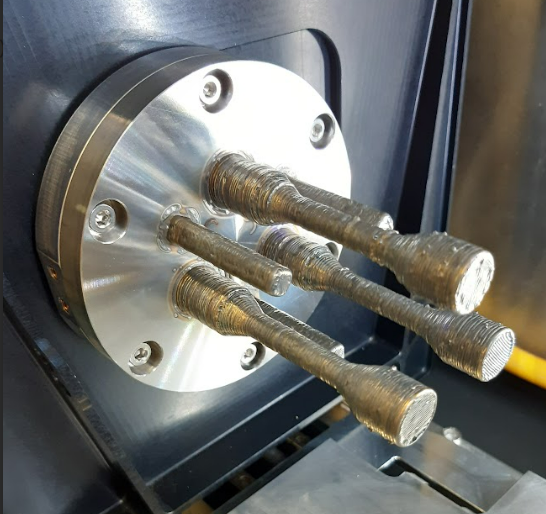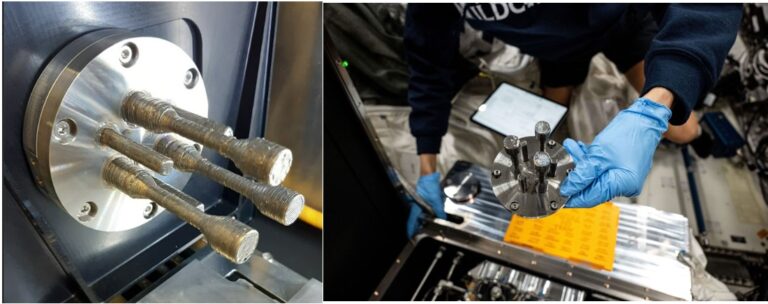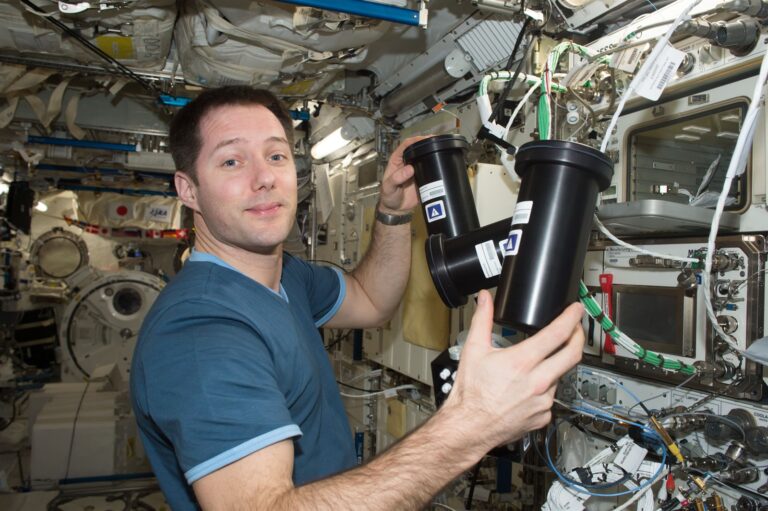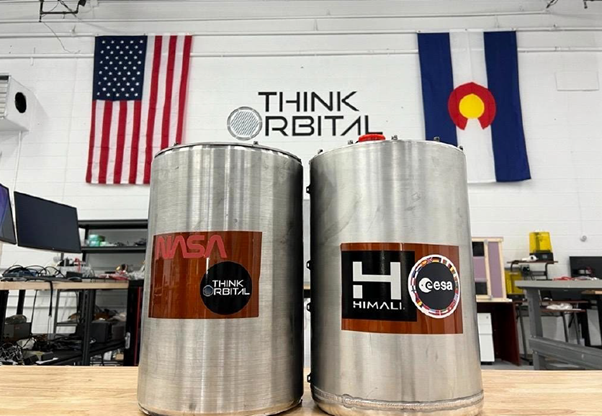Picture: A 3D printed part in Microgravity Condition, IMAGE CREDIT AUXILIUM BIOTECHNOLOGIES
On February, 2025, The dream of in-space manufacturing is becoming a reality, and a major milestone has just been reached: the first-ever mass production of medical implants aboard the International Space Station (ISS). This breakthrough marks a new chapter in in-space servicing, assembly, and manufacturing (ISAM), demonstrating how microgravity can enable precision fabrication that is difficult, if not impossible, on Earth.
Microgravity as a Manufacturing Advantage
The ISS serves as a unique microgravity lab, where Auxilium Biotechnologies has successfully deployed its cutting-edge Auxilium Microfabrication Platform (AMP-1). This system has accomplished something never done before—3D bioprinting eight implantable medical devices simultaneously in just two hours. By leveraging the absence of gravity, the bioprinter ensures a uniform distribution of biological materials, enabling finer structures that would otherwise collapse under terrestrial conditions.
The Future of Biomanufacturing in Space
This achievement is not just a technological feat but also a glimpse into the economic potential of manufacturing in space. Medical implants produced in microgravity could lead to superior treatment options on Earth and eventually support long-duration space missions by providing astronauts with on-demand bioprinted medical solutions.
AMP-1 requires minimal astronaut intervention—less than a minute per print session—making it highly efficient and scalable. This reduction in astronaut labor is critical, as each hour of crew time is valued at up to $130,000. The system uses lightweight cartridges preloaded with biological materials, making resupply missions cost-effective and sustainable.
ISAM and the Path Forward
At our company, we have long advocated for the development of in-space servicing, assembly, and manufacturing as a transformative approach to space exploration and commercialization. This latest achievement underscores the viability of ISAM technologies in addressing real-world challenges and advancing human capabilities beyond Earth.
Looking ahead, the AMP-1 bioprinter is expected to transition to commercial space stations once the ISS is retired. With further development, space-based biomanufacturing could revolutionize industries ranging from regenerative medicine to bioelectronics. The ability to print complex implants in space offers a glimpse into the future of personalized healthcare—both on Earth and in deep-space missions.
Final Thoughts
The success of 3D bioprinting medical implants in space is a testament to how ISAM technologies are reshaping the way we think about production and resource utilization in orbit. As we continue developing solutions for in-space servicing and manufacturing, breakthroughs like these reinforce the critical role of microgravity in unlocking new frontiers of innovation.
Stay tuned as we explore more advancements in ISAM and their impact on the future of space exploration and industry!ssions, space station operations, and interplanetary exploration. The technical success of SpaDeX not only strengthens India’s position in the global space community but also inspires confidence in its ability to tackle even more complex challenges in the years to come.

